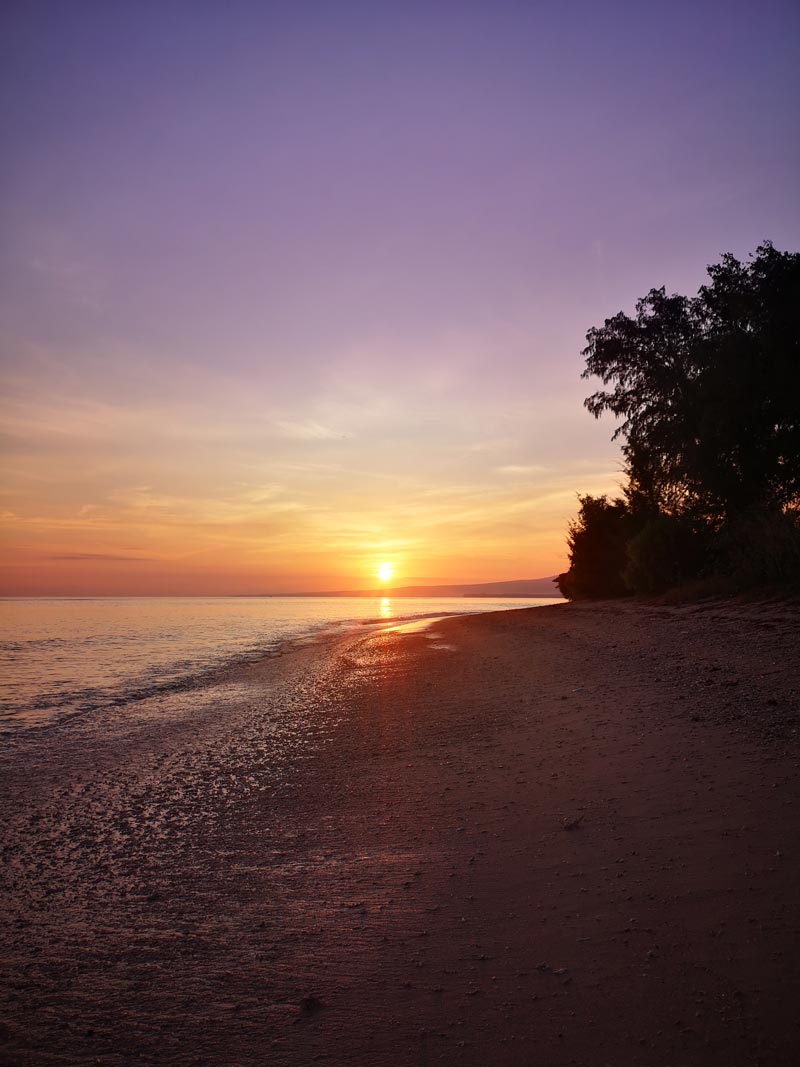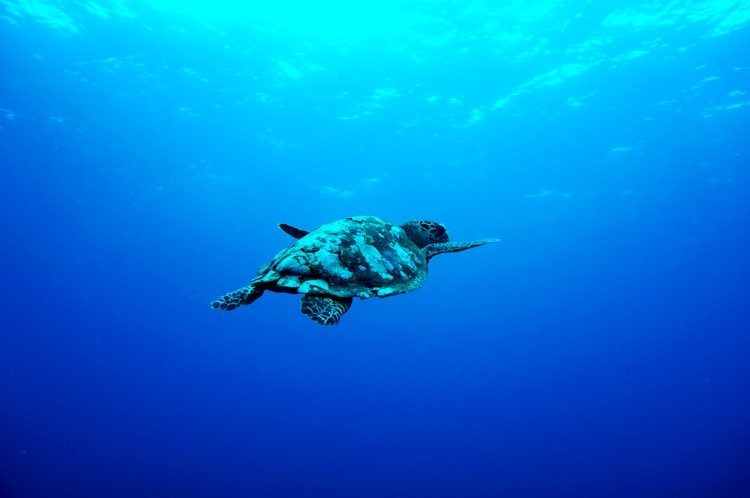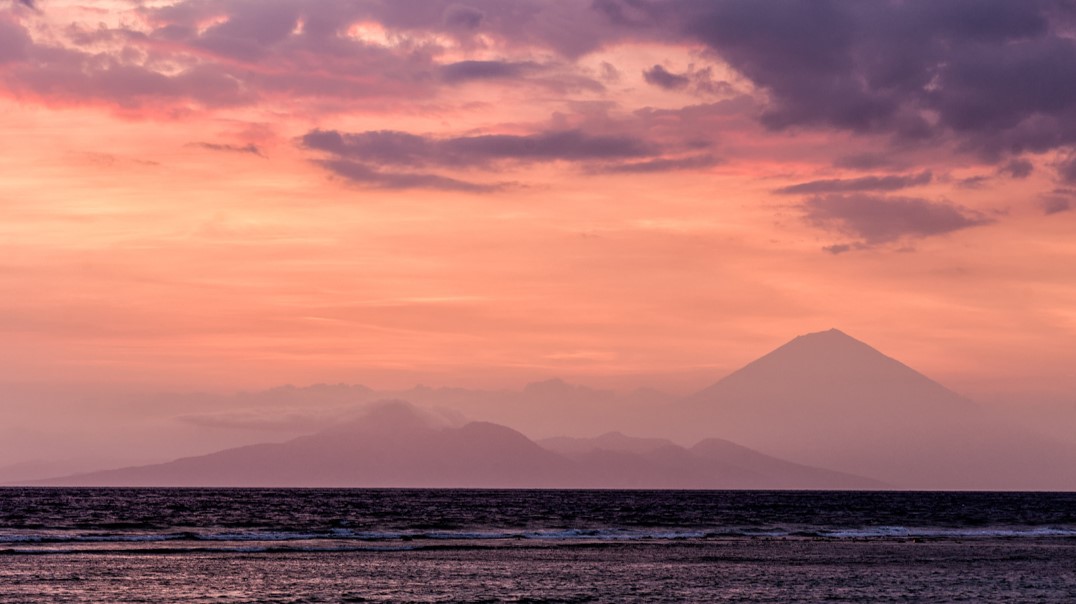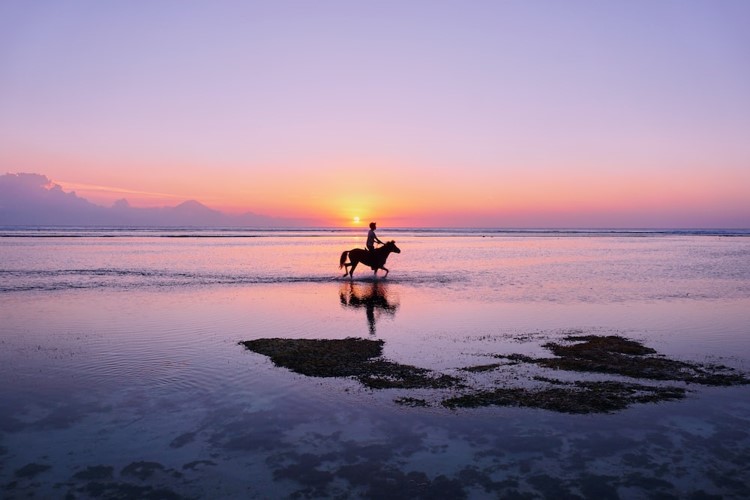Introduction
“Selamat datang!” (Welcome!) to Gili Air, a jewel in the trio of Gili Islands alongside Gili Meno and Gili Trawangan. This tropical haven is renowned for its crystal-clear waters, pristine white beaches, and breathtaking sunsets.
But what makes Gili Air truly special is its enchanting weather, which beckons visitors year-round. Let’s dive into the climate of this island paradise and discover why any time is the perfect time to visit!
Gili Air’s Climate: The Blessing of Mount Rinjani
The majestic Mount Rinjani, Indonesia’s second-highest volcano at 3,726 meters, plays a crucial role in shaping Gili Air’s climate. Its proximity creates a unique rain shadow effect, pushing moisture away from the Gili Islands.
The result? A drier, more pleasant climate than nearby Bali, making Gili Air a year-round destination.
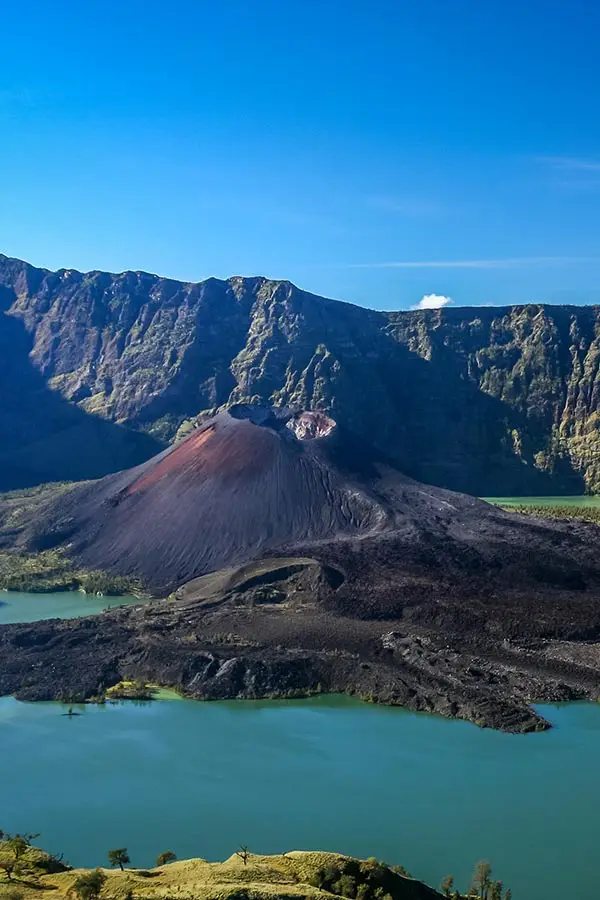
Green Season (November to April)
Contrary to common misconceptions, the Green Season on Gili Air is far from a washout. Unlike Bali, where places like Ubud can see days of continuous rain, Gili Air typically experiences brief, refreshing showers that quickly give way to sunshine.
- Average Temperature: 28°C-30°C (82°F-86°F)
- Weather: Occasional rain showers, higher humidity, and balmy evenings
- Landscape: The island bursts with lush, verdant beauty
- Atmosphere: Perfect for families and those seeking a quieter, more intimate island experience
During the Green Season, you might wake to the gentle patter of rain on palm leaves, a soothing sound that quickly gives way to birdsong as the sun breaks through. The air is filled with the fresh scent of rain-kissed grass, creating a sensory experience unique to this time of year.
“Baik, Baik Saja” (All is fine) perfectly describes the laid-back vibe of Gili Air during this season. It’s an ideal time for families to visit, with fewer crowds allowing for a more relaxed exploration of the island’s charms.

Sunny Season (May to October)
The Sunny Season, also known as the High Season, bathes Gili Air in glorious sunshine and clear blue skies.
- Average Temperature: 28°C-30°C (82°F-86°F)
- Weather: Abundant sunshine and lower humidity
- Landscape: Sun-kissed beaches and crystal-clear waters
- Atmosphere: Vibrant and social, with a bustling nightlife
During these months, days are perfect for sun-soaking and nights come alive with energy. Many restaurants host live music, creating a festive atmosphere that extends well into the evening. It’s the perfect time to relax by day and party by night!
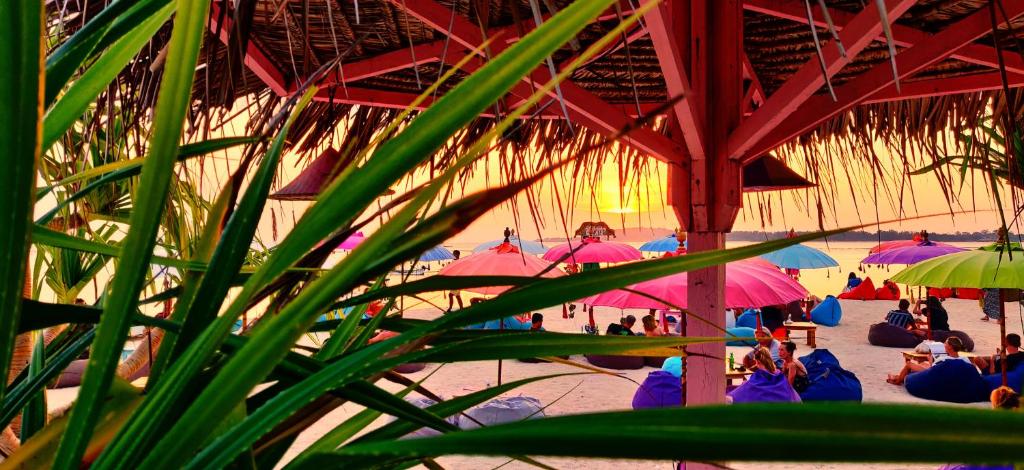
Year-Round Activities: “Apa kabar?” (How are you?) Great, thanks to Gili Air’s endless adventures!
No matter when you visit, Gili Air offers a wealth of activities:
- Snorkeling with Turtles: A must-do experience! The clear waters around Gili Air are home to sea turtles year-round.
- Island Cycling: Rent a bike and explore the charming paths that wind through the island. With no motorized vehicles, it’s the perfect way to discover hidden corners of paradise.
- Beach Massages: Relax and rejuvenate with a beachside massage, letting the sound of waves lull you into bliss.
- Sunset Watching: End each day with Gili Air’s legendary sunsets, a daily spectacle that paints the sky in breathtaking hues.
- Yoga and Wellness: Many retreats and classes operate year-round, allowing you to nurture your mind and body.
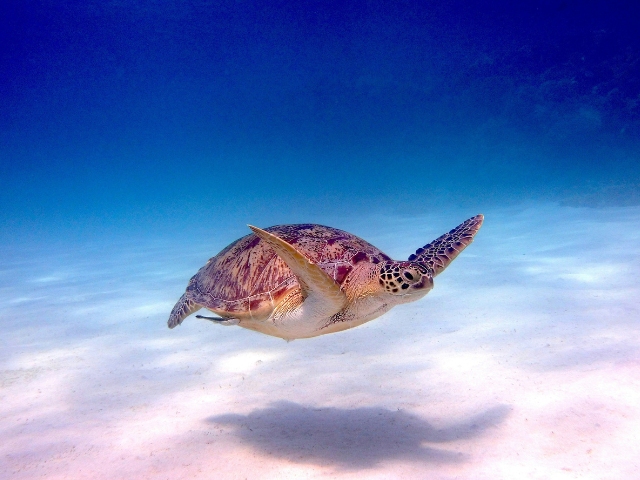


Conclusion: Your Paradise Awaits!
Whether you choose to visit during the lush Green Season or the vibrant Sunny Season, Gili Air promises an unforgettable tropical getaway. From the gentle lapping of waves on pristine shores to the cheerful greetings of locals, every moment on this island is infused with magic.
So, when is the best time to visit Gili Air? The answer is simple: anytime! Pack your swimsuit, brush up on your Indonesian phrases, and prepare for an adventure in paradise. Gili Air is ready to welcome you with open arms and sunny skies, no matter the season.
“Sampai jumpa di Gili Air!” (See you in Gili Air!)
Discover below a great weekend spend on Gili Air during the Green Season (November)
